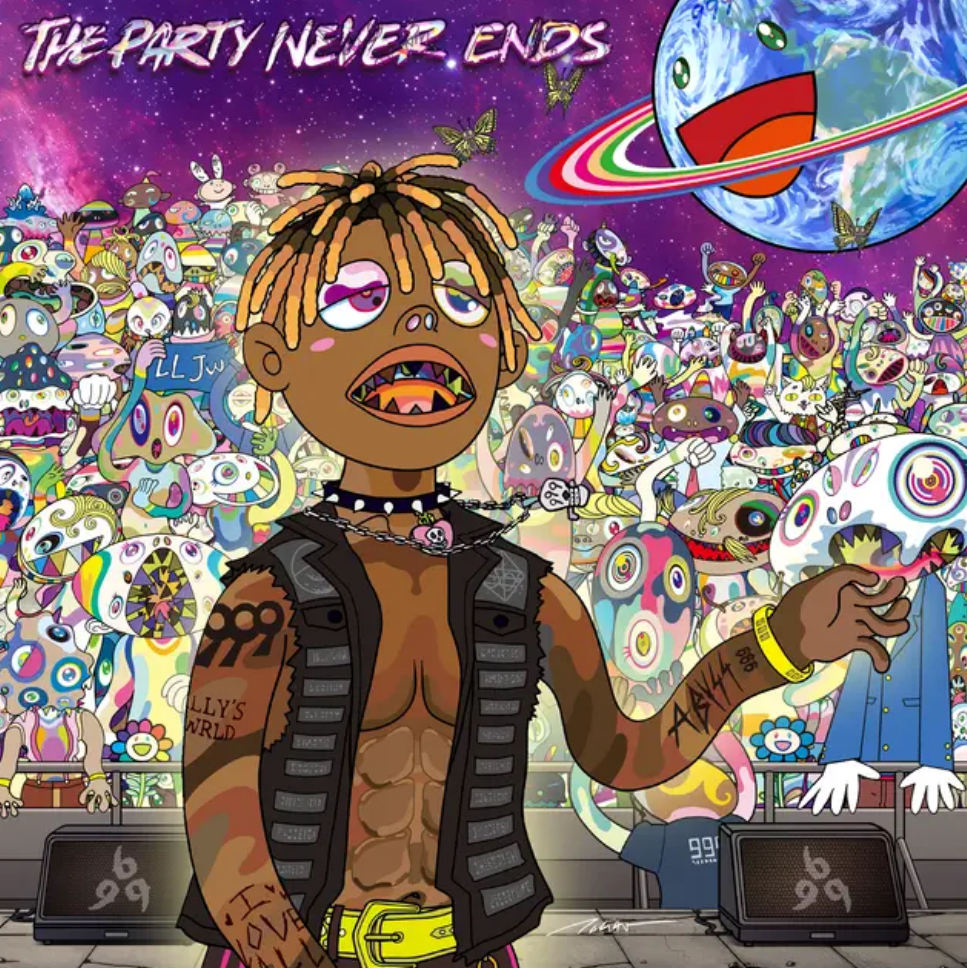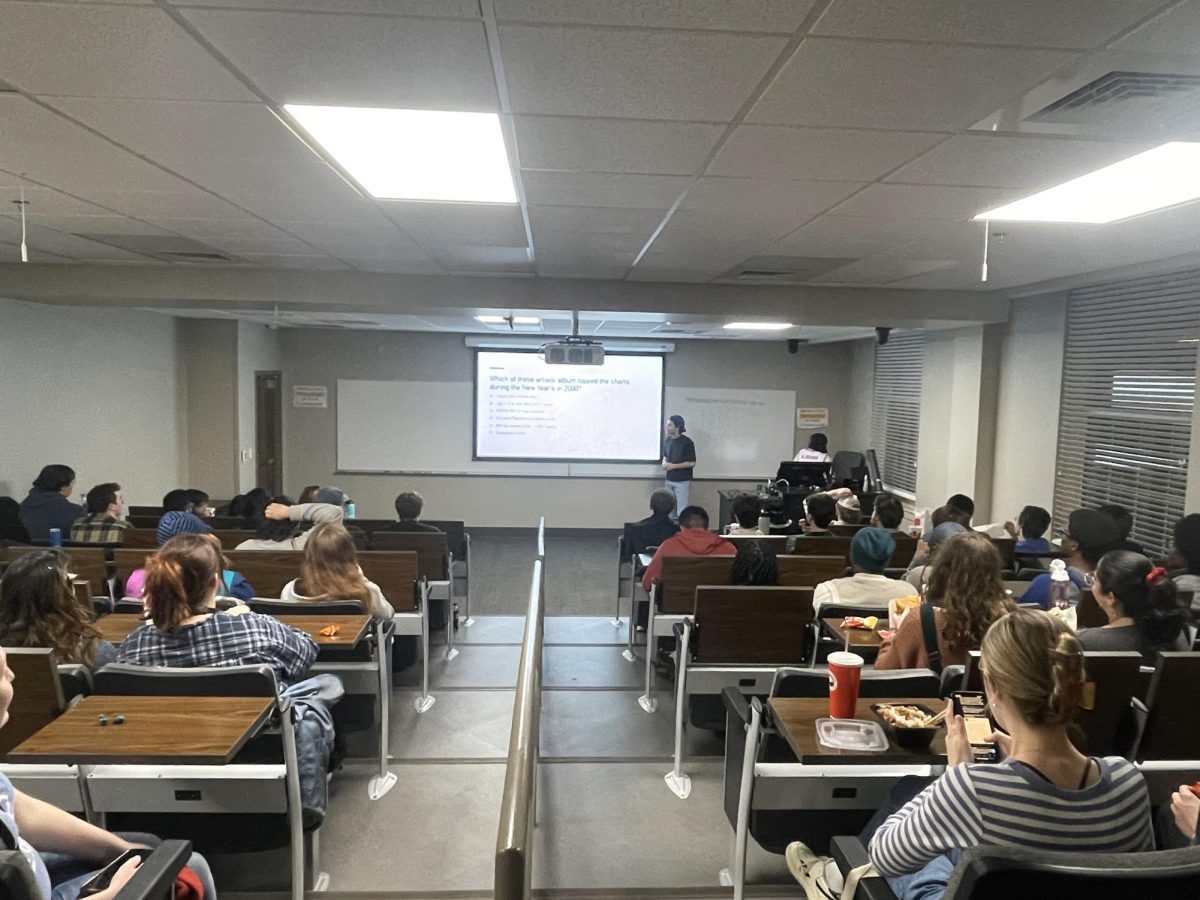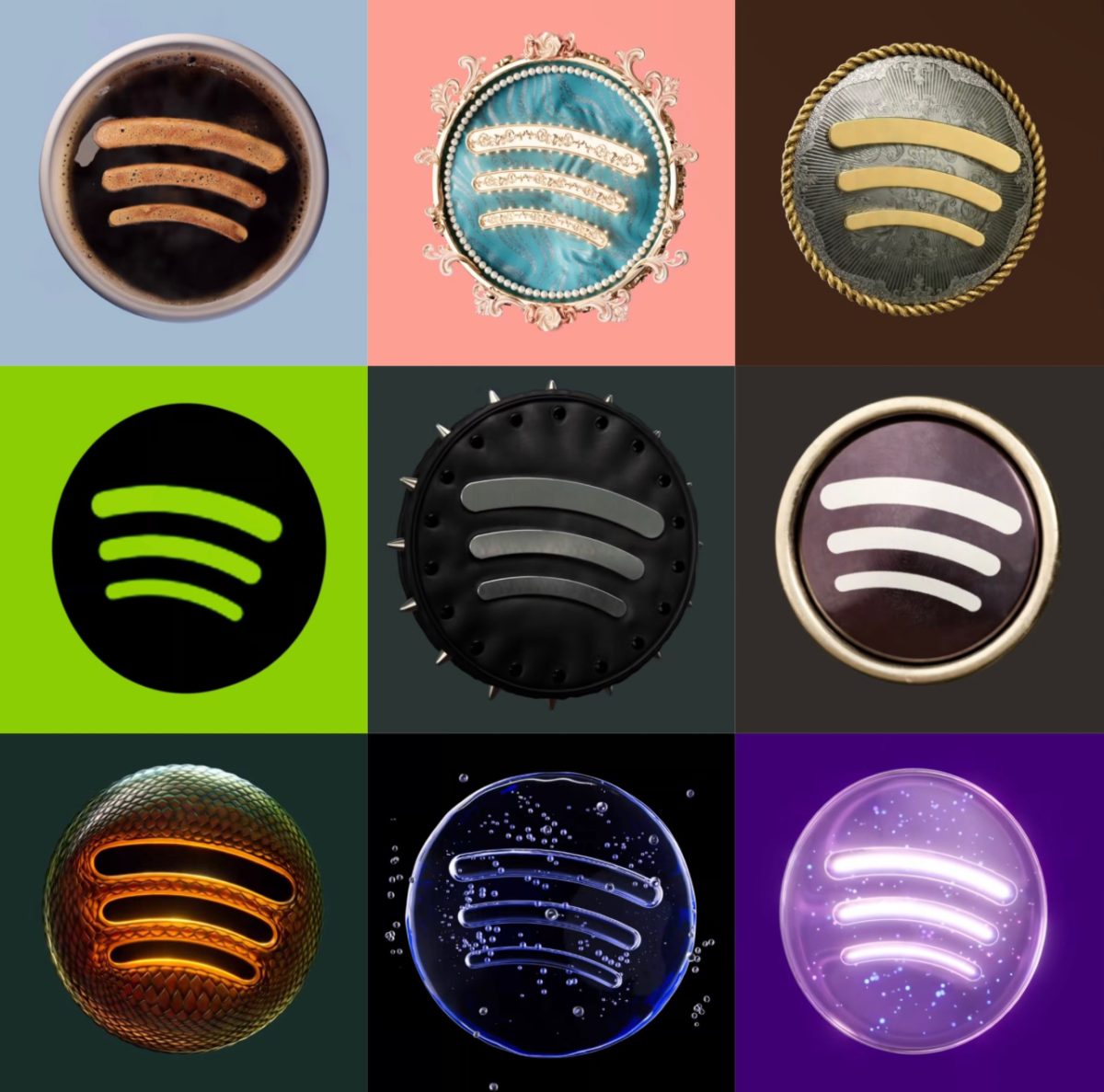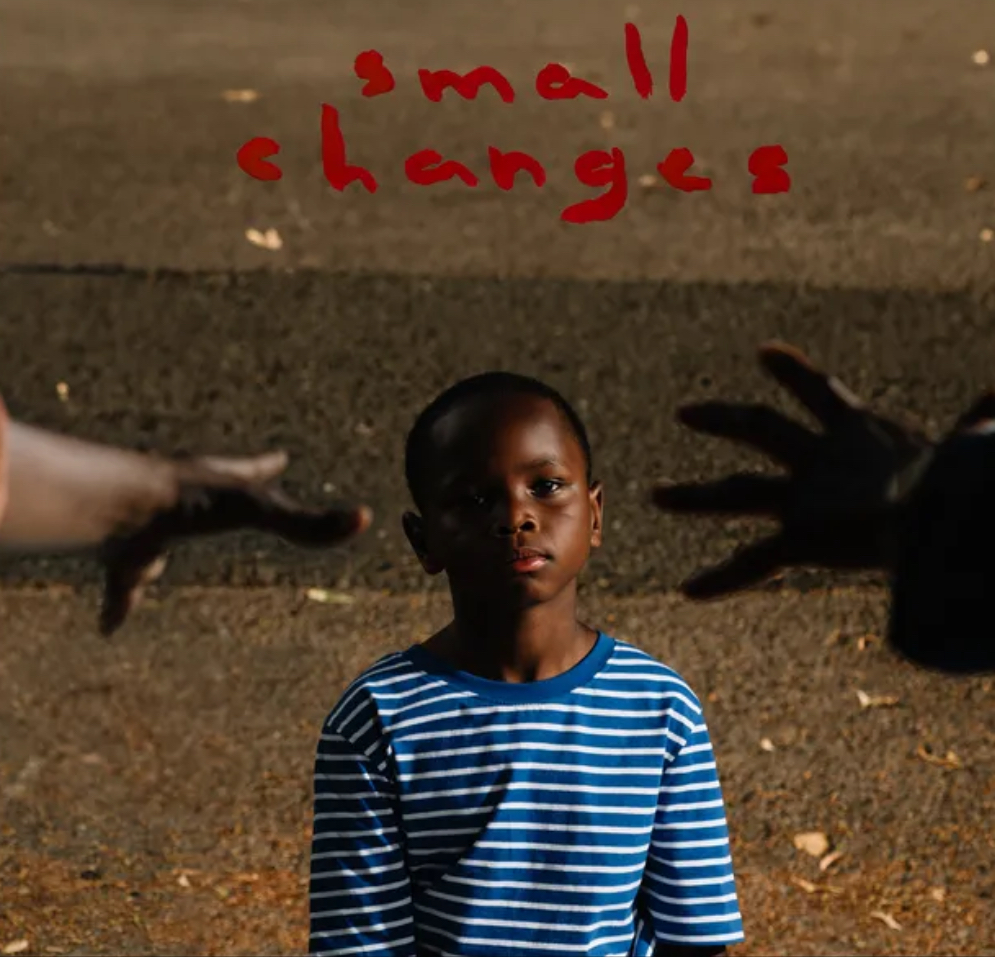Since its birth in the 1970s, hip-hop has grown and evolved in ways nobody could have foreseen. We’ve watched as it transformed from its humble beginnings in the Bronx into its current form as a billion dollar international industry and pillar of pop culture.
Simple phrases with end rhymes morphed into highly calculated wordplay. Primitive beats that merely looped funk breaks turned into meticulously crafted instrumentals that could truly stand alone as individual pieces of music, despite heavy sampling. Rap grew from topics like partying and dancing to politics and life in the slums, and now it’s back to partying again.
We’ve seen other genres of music borrow from and integrate into hip-hop. Rap itself has branched off into several other areas of electronic music, and today it manifests itself in the wildly popular dubstep movement.
Many think rap died in the ‘90s. A few think it died in the ‘80s. Most think it died when the first crunk rap album was sold, but in reality, rap is not dead at all. It’s still developing and changing, with new innovations in production and rapping techniques taking the genre to new heights and occasionally into new genres altogether.
Hip-hop’s most recent creation may just be the most complex and downright weird product of the movement: “wonky.” Also known by names such as “street bass” and “future bass,” wonky is a mostly instrumental fusion of hip-hop and dubstep at its core that has been growing in popularity within the international underground.
It started to first appear in the mid- to late-2000s in the clubs of Glasgow, Scotland, and Los Angeles as an offshoot of dubstep, but the style quickly distinguished itself as a class of its own. By 2010, wonky had been clearly defined as a genre, with landmark albums such as Los Angeles (2008) and Cosmogramma (2010) by genre lynchpin Flying Lotus.
The name wonky comes from the tendency of the beats to falter or stagger off beat, like glitchy machinery, much to the chagrin of anybody trying to dance to the music. For instance, if you’re nodding to the rhythm of a wonky beat, you may not be nodding in time with it after 30 seconds or so. It may sound off-putting, but the warping of the tempos and time signatures is generally subtle enough to merely add to the music’s haziness rather than cause a distraction.
Another staple of wonky beats are their tendency to be incredibly layered and tightly produced. Taking after the master beat-makers of the 2000s like Madlib and J Dilla, wonky producers typically sample and layer heavily to create dense atmospheres from their music. They couple this with complex, psychedelic production effects to create a futuristic, groovy and occasionally spiritual soundscape.
For some key examples of the sound, check out Flying Lotus’s Los Angeles (2008), Samiyam’s Sam Baker’s Album (2011) and Teebs’s Ardour (2010). Coincidentally, all three of these albums’ producers were roommates together in Los Angeles, and each one represents a different style of sound within the genre.
Flying Lotus is the biggest name in the genre, and for good reason. His music is mostly scatterbrained and frenetic, bouncing around several genres of music such as free jazz and electronica, often within the same song.
Samiyam’s beats are more straightforward and danceable. He takes to sampling video game music, ‘80s horror soundtracks and Trailer Park Boys, but he does so in a way that melds the music into a non-gimmicky identity of its own.
Teebs, the dark horse of the trio, crafts incredibly dreamy, chill beats. His 2010 album Ardour plays like the soundtrack to a cloudless, sunny summer day.
As the genre is still very, very young, its future remains a mystery. However, there are newer, lesser-known artists taking wonky in new directions. Hudson Mohawke of Glasgow continues pushing the music into weirder territory. TOKiMONSTA of Los Angeles incorporates a healthy dose of neo-soul into her beats. Vienna’s Dorian Concept delivers decidedly more danceable dubstep-inspired ditties for those who want to attempt to dance to this genre without getting mad.
No two producers sound the same, and most don’t even sound similar. Because of this diversity so early on in its development, I can see this wonky trend fading and giving birth to a plethora of new, unique styles of music. Hip-hop’s got more than a few (mis)steps to go before it breathes its last – that is, if it ever does die.








